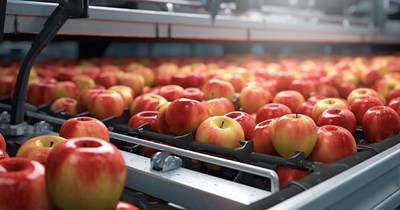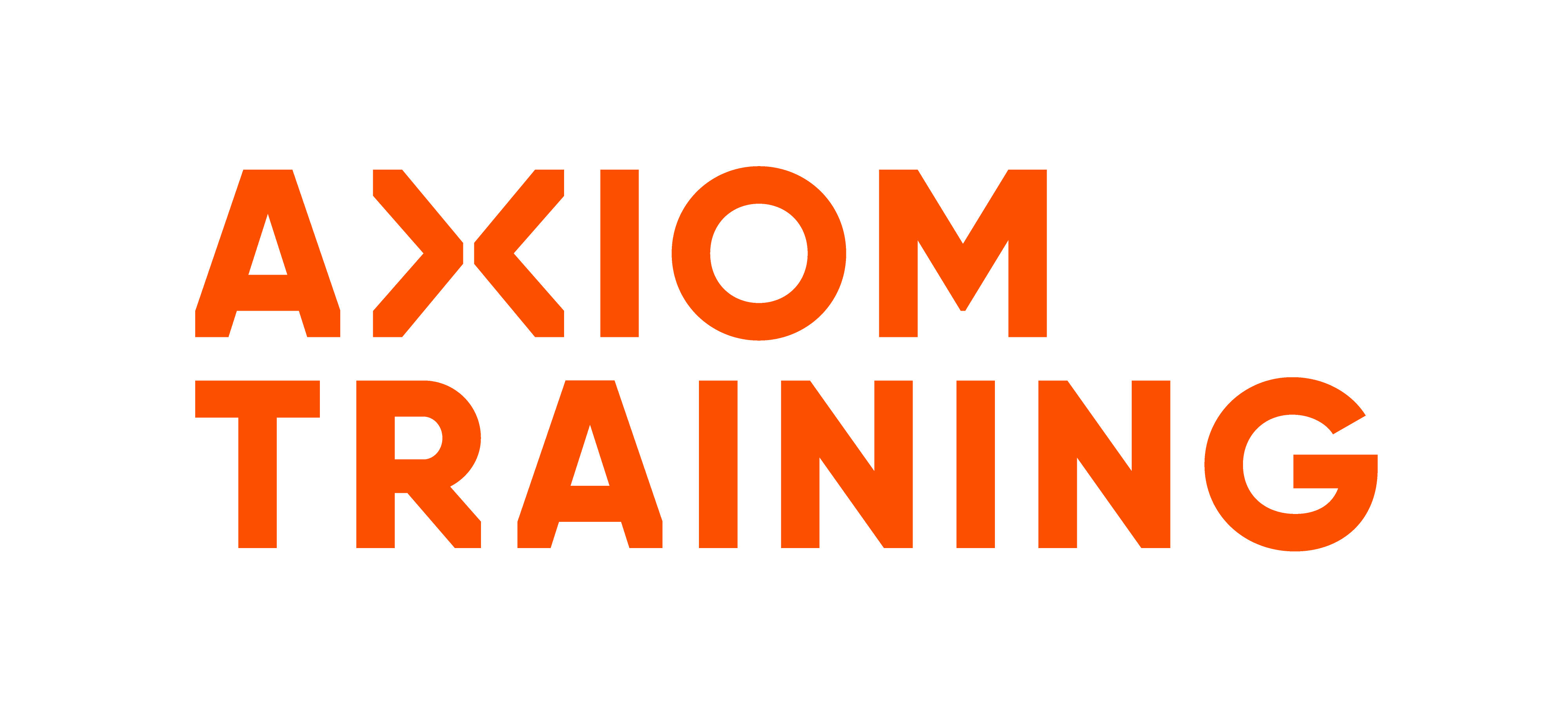White Paper: Seasonal Worker Pays the Price
The latest victim in a preventable workplace incident
In early 2021, a young worker's life took a tragic turn when a workplace incident resulted in severe injury. The victim had two fingers fractured on his left hand, and required surgery to partly amputate three fingers on his right hand.
The incident underscores the vital significance of health and safety training and procedures in any workplace.
The Consequences of Neglecting Safety
The incident prompted legal proceedings and raised serious questions about workplace safety. The company in question was found to have failed in its health and safety responsibilities, which directly contributed to the unfortunate incident. An investigation revealed several crucial shortcomings that, if addressed, could have prevented this tragedy. Head on over to the WorkSafe news article for further detail on this specific incident. https://www.worksafe.govt.nz/about-us/news-and-media/preventable-injury-puts-seasonal-worker-safety-in-focus/
Poor Safeguarding of Machinery
One of the primary factors contributing to the worker's injuries was the inadequate safeguarding of the machinery involved. Machines lacking proper safety measures pose a significant risk to employees. Employers must ensure that all equipment is adequately safeguarded and routinely maintained to prevent accidents.
Inadequate Risk Assessment
An essential aspect of workplace safety is conducting thorough risk assessments. In this case, an inadequate risk assessment failed to identify and mitigate the dangers associated with the task at hand. Regular, comprehensive risk assessments can help identify potential hazards and implement preventive measures.
Lack of Lockouts
Another critical safety procedure missing in this incident was the absence of lockouts to safely isolate and de-energise machinery parts that could cause harm. Lockout/tagout procedures are vital in preventing accidental startups and ensuring worker safety during maintenance or repairs. Training on isolations could have easily eliminated this hazard.
The Broader Implications:
This incident emphasises the vulnerability of workers and the critical need for consistent health and safety measures across all employment sectors.
This includes the requirements for all workers on sight to be aware of the hazards around them.
Regardless of the nature of employment, employers must prioritise the safety and
well-being of their employees. Seasonal workers, just like year-round employees, deserve the highest level of protection and care in their workplace.
The Way Forward
An effective way to ensure workplace safety is by partnering with trusted health and safety professionals like Safety 'n Action (www.safetynaction.co.nz) to allow your Health and Safety Reps, Managers and Owners to know the safest way forward.
These experts specialise in training employees and PCBU’s (owners, management teams) to operate equipment, manage site-specific safety measures and meet their obligations under the Health and Safety at Work Act 2015.
Conclusion
The tragic incident serves as a solemn reminder of the paramount importance of health and safety training and procedures in any workplace. Preventable accidents should never occur. Employers should implement robust safety protocols, conduct regular risk assessments, and provide comprehensive training and ongoing upskilling.
By prioritising health and safety, we can protect the lives and well-being of workers, ensuring that they return home safely after each shift. It is incumbent upon all workplaces to uphold the highest standards of safety and to learn from past incidents to create safer environments for all employees.
Relevant legislation
View training solutions
-
Online Hazard and Risk Management
Effective hazard and risk management reduces the chance of harm occurring, resulting in a safer and more productive workplace for you and your team. Unit standards covered: 30265 and 497
-
Isolations
Safeguard your workforce by effectively applying isolations to workplace activities, which prevent risk of exposure to dangerous hazards and power sources Unit standard covered: 25043
-
Health and Safety Representative: Initial
Empower your Health and Safety Representatives (HSRs) with effective training and support to fulfil their responsibilities and duties. Unit standard covered: 29315
-
Health and Safety at Work Seminar
Ensure you understand the key requirements of the Health and Safety at Work Act (2015) and if your organisation is compliant with these. Use this seminar to seek clarification around any concerns or gaps and identify recommended solutions with our health and safety expert.
-
First Aid Level 2 - Advanced (Blended Learning)
This nationally recognised First Aid course will teach you the skill and knowledge to recognise emergencies, and comfortably be a first responder to provide a range of first aid treatment and basic life support in line with the New Zealand Resuscitation Council guidelines. Unit standards covered: 6402, 6401, 6400




